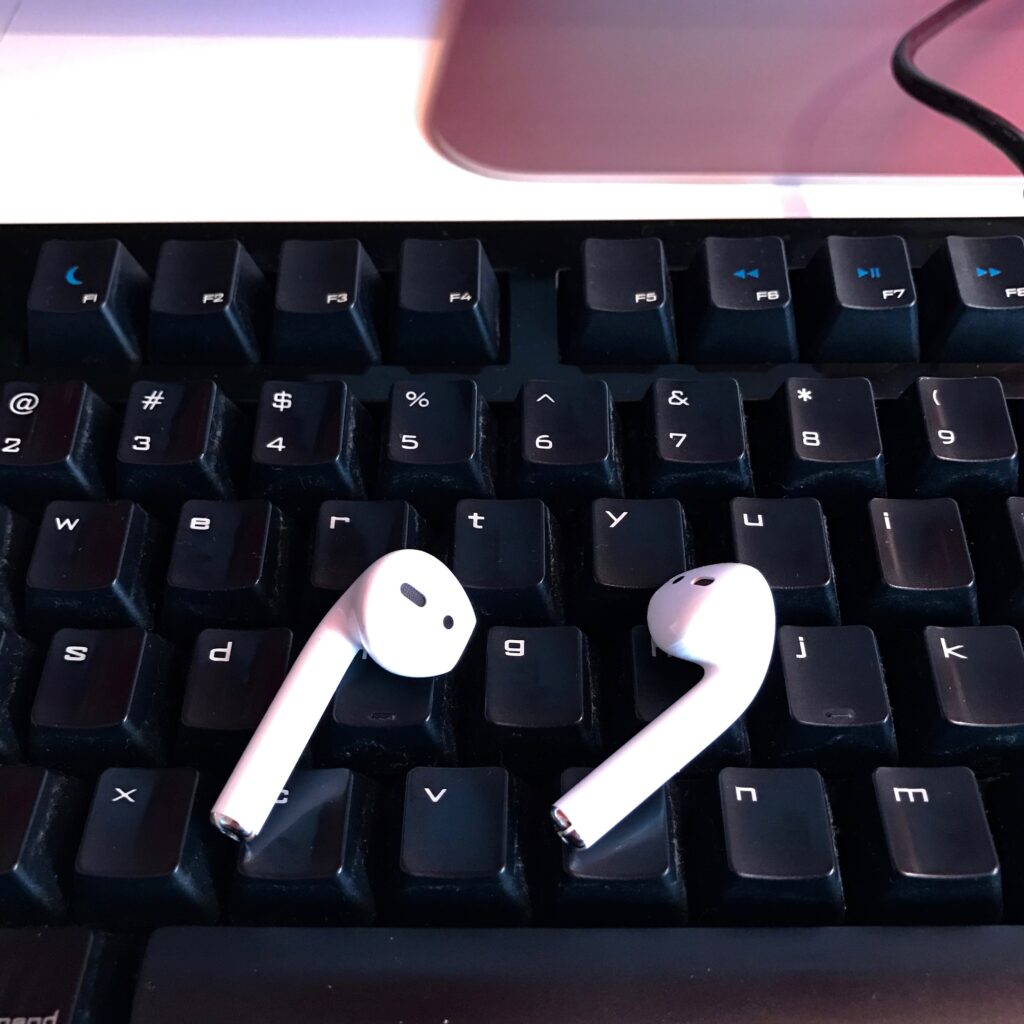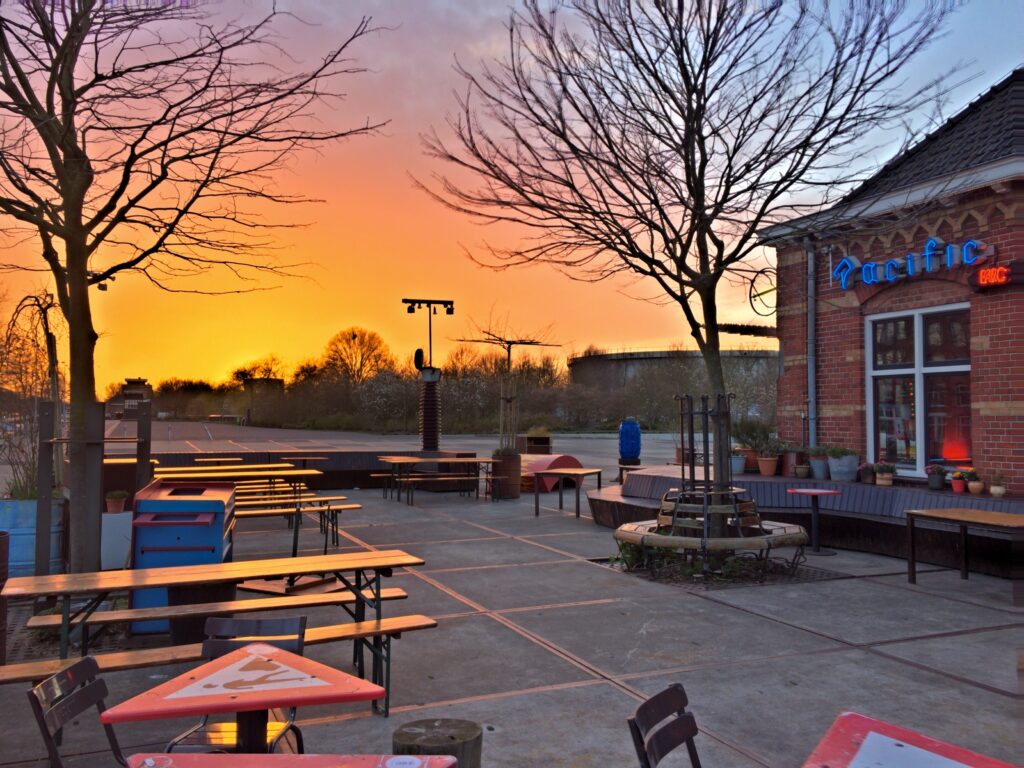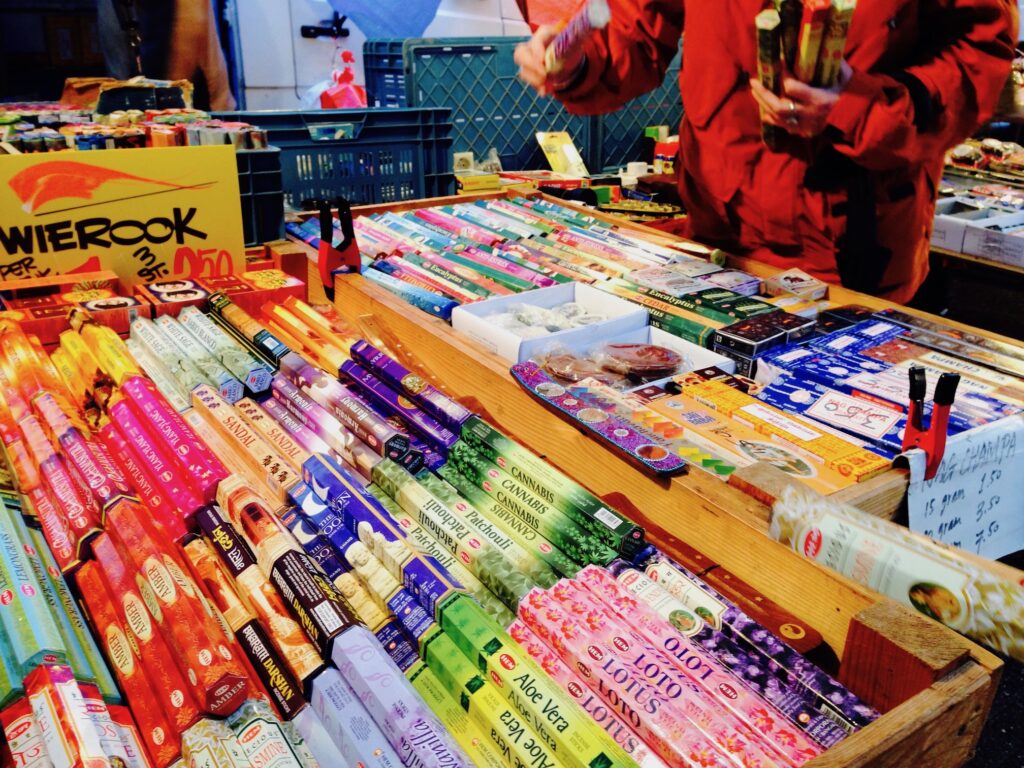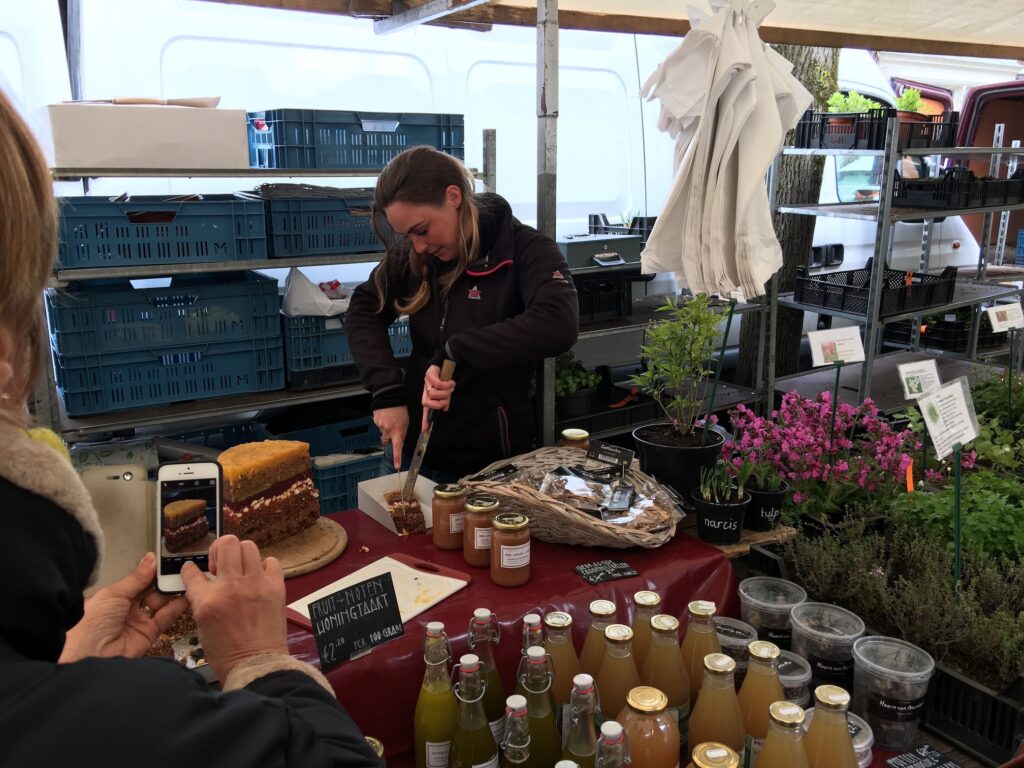 On a whim, 4 weeks ago, I logged onto the Apple Store app and decided to check the AirPods availability for in-store pickup. As I write this, they’re in extremely limited supplies with online ordered backordered by about 6 weeks and general store availability more than a month into the future. If you’re feeling lucky, you could check the app a few times a day to grab one as limited supplies come in sporadically.
On a whim, 4 weeks ago, I logged onto the Apple Store app and decided to check the AirPods availability for in-store pickup. As I write this, they’re in extremely limited supplies with online ordered backordered by about 6 weeks and general store availability more than a month into the future. If you’re feeling lucky, you could check the app a few times a day to grab one as limited supplies come in sporadically.
I am generally not a fan of headphones. Firstly, I am not out of the house much, and then when I do have to step out every now and then, I prefer spending my time reading. Secondly, I can never settle for a pair – sometimes I want good in-ear headphones, while at other times, I crave for a wonderful over-the-head set. Whenever I do use one, I usually settle for the ones you get for free with an iPhone, even though I also own a pair of Beats in wonderful red!
Technologically, these are the best Bluetooth headphones I have ever used – not because of the range or the battery life, but because they alleviate the biggest pain-point with Bluetooth headphones – connecting and reconnecting with devices. When it comes to battery life, owing to their minuscule size, the AirPods actually have very little to offer. You will almost always need to carry the charging box since they only last like 5 hours on a single charge; less so if you spend some of that time having a real time call.
I have not had them fall out of my ears, yet, either, and I do sometimes wear them to the bathroom or while hastily walking towards the next train. Not connecting via a cable, they’re extremely good to use with traveling in a train when your station is near and you have to wear your jacket before you get off. In fact, were they connected together by cable, they probably wouldn’t even qualify for a purchase by me.
As the title of this post implies – the AirPods are also the first piece of ‘social wearables’ technology that I have in my possession. Let me explain – sure, they’re just headphones, but since the two earpieces aren’t connected by cable, you get to enjoy the sound with someone else as long as they’re within the signal range. This changes everything!
My favorite use is listening to a podcast while on our morning walk. This way, both of us (V&I) are listening to the same thing and can discuss it later. The AirPods are also great for FaceTime calls while you’re out in public. The only downside is that only one microphone works at a time, so you still have to sit very close together. No longer are you beholden by the lack of multiple audio outputs on your phone!
What is otherwise quite an isolating experience – walking while listening to a podcast is now suddenly much more fun and social. It also feels different since can just pop out your headphone from your ear and the podcast pauses for both of you automatically to give you time to discuss something or to decide what to get from the grocery store on the walk back home.
I wonder if this aspect of the AirPods could be used to build some interesting games/puzzles.
All-in-all, I find myself using the AirPods a lot more than I have used other headphones in the past. They’re small, sleek, light, and as simple to use as just popping them in your ears. Definitely a fan!
 One of the best things about living in the Netherlands, and in the center of Amsterdam, in particular, is access to weekly street markets. In a city that is so saturated with grocery stores of all types (organic, raw, vegan, carnivore) and sizes, I find it impressive that the weekly street market remains one of the best places to procure good quality produce and handicrafts.
One of the best things about living in the Netherlands, and in the center of Amsterdam, in particular, is access to weekly street markets. In a city that is so saturated with grocery stores of all types (organic, raw, vegan, carnivore) and sizes, I find it impressive that the weekly street market remains one of the best places to procure good quality produce and handicrafts. The weekly markets afford a unique shopping and product experience that is hard to obtain while shopping online or at your favorite Main Street chain. We have come to make a lot of friends as we enjoy the wonderful waffles and sandwiches every weekend at the market downstairs.
The weekly markets afford a unique shopping and product experience that is hard to obtain while shopping online or at your favorite Main Street chain. We have come to make a lot of friends as we enjoy the wonderful waffles and sandwiches every weekend at the market downstairs. The neighborhood Westerpark also has a series of arts and fashion markets throughout the year, more so during the warmer summer months. During the colder times of the year, they usually have one market a month. While these markets are not so much product focussed, you often see a lot of entrepreneurs in niche areas selling things from wooden eyewear frames to custom keychains. As the Dutch would say – the markets are really gezellig.
The neighborhood Westerpark also has a series of arts and fashion markets throughout the year, more so during the warmer summer months. During the colder times of the year, they usually have one market a month. While these markets are not so much product focussed, you often see a lot of entrepreneurs in niche areas selling things from wooden eyewear frames to custom keychains. As the Dutch would say – the markets are really gezellig.